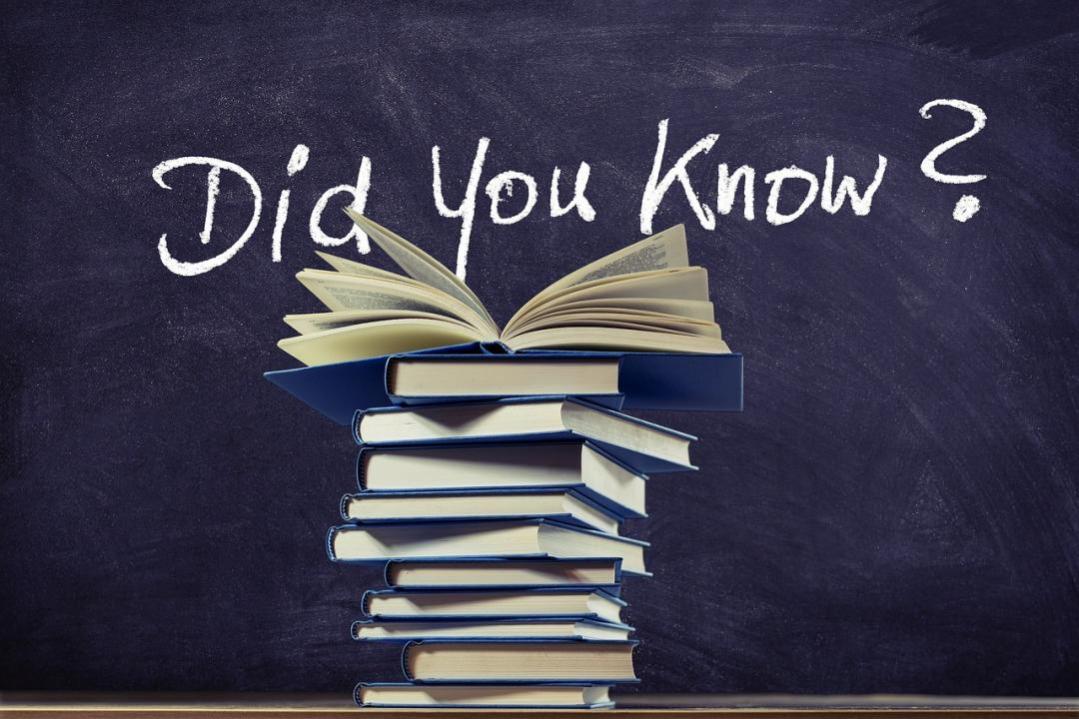CMS for Beginners - Guide / FAQ

The online world of web design and web development is full of acronyms and jargon so let's take a moment to explain some of the basics (in relation to content management systems) which are often taken for granted by more experienced web developers. Whether you're new to web design or are just making the jump from a static website to a dynamic CMS powered site we hope this article makes things a little easier.
What does CMS mean?
In web design and development the acronym CMS stands for Content Management System.
What does a CMS do?
A CMS is essentially a piece of software or more precisely a web application which is hosted on a web server and allows administrator(s) to login and update their website using just a browser.
The main uses of a CMS are:
- Adding and updating web page content.
- Making blog posts & posting news articles on your website.
- Providing navigational structure and hierarchy to web pages and articles by use of categories.
- Providing search, sorting and filtering tools so visitors can easily find the content they are looking for.
- Allowing easy collaboration by use of multiple admin accounts.
- Providing permission and control settings to limit who can edit what, making it scalable and easy to use for everybody, no matter their level of web design experience.
What does an ecommerce CMS do?
An ecommerce CMS provides additional features for selling products on a website.
The main additional features of an ecommerce CMS are:
- Managing a product catalog and presenting the products for sale on the website.
- Providing navigational structure and hierarchy to a product catalog by use of categories.
- Providing search, sorting and filtering tools so customers can easily find the products they are looking for.
- Providing an online shopping cart system for customers.
- Allowing customers to choose from various delivery and payment options.
- Providing customer account managment and easy contact tools.
- Providing online accounts so customers can view their order/invoice history.
An ecommerce CMS will often provide many more features than what is listed here.
What exactly is Content?
Web pages consist of two main parts:
- The structure and layout including website navigation menus (the bones)
- The content (the meat)
The content is esentially the main body of text you read on the web page and any images or videos that are associated with it. A product description or the text of a news article are examples of content.
Images and videos used in headers, navigation and the general layout and structure of the web page would not be considered content.
What is a Page Template?
A page template is a HTML file that controls the overall stucture and layout of the web page. It can be used many times over to display multiple web pages providing a consitent look to a website and reducing the amount of web design work needed.
The CMS automatically generates web pages by taking a specified page template and inserting content into it.
CMS ( Page Template + Content ) = Web Page
Page templates are typically created by a Web Designer and allow for quick web page and content creation via the CMS by admins that are not necessarily experienced in web design.
What is a Theme?
A theme is a series of files that make up the overal look and layout of a website. It consists of at least one or more HTML page templates and the file assets used by the page template such as images files and CSS files. All of these files are typically stored in a folder for that particular theme.
What is HTML?
HTML (HyperText Markup Language) is the language in which web pages are coded. If you view the page source of any web page in your browser you will see how the page is constructed with HTML code. A basic understanding of HTML is useful but not necessary when using a CMS to create and edit content, however a good understanding of HTML is essential when designing page templates.
What is CSS?
CSS (cascading style sheets) files are used to control the visual styling of web page. A basic understanding of CSS is useful but not necessary when editing content via the CMS however a good understanding of CSS is essential to build page templates.
If you'd like to learn more or have a particular question that we missed let us know by heading over to our community forum.


















